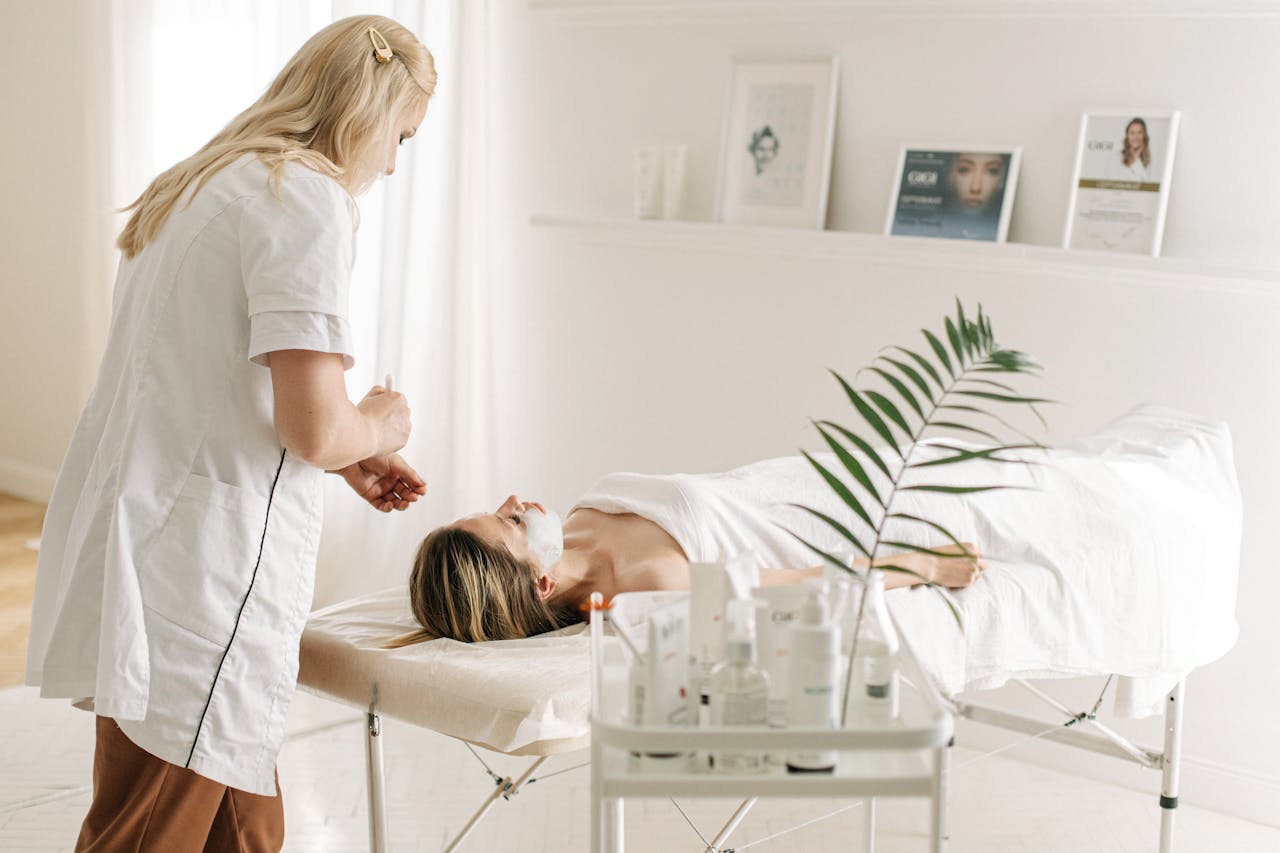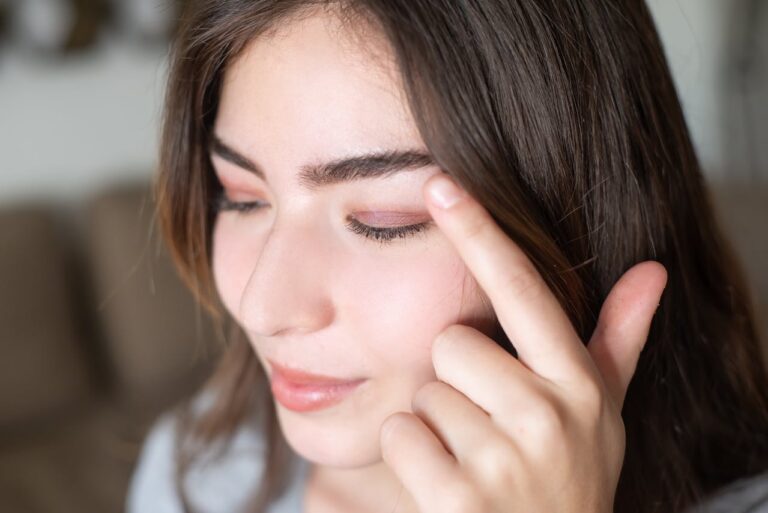
Skin-picking might seem like a harmless habit at first—just an occasional urge to remove a bump or scab—but for many people, it becomes an uncontrollable compulsion tied closely to stress and anxiety. This behavior, known medically as excoriation disorder, can cause visible scarring, infection, and emotional distress. If you’ve found yourself trapped in this cycle, seeking help from the best dermatologist Singapore can make a life-changing difference.
Dermatologists today increasingly recognize that the mind and skin share a powerful connection. What manifests as a skin condition often has psychological roots, and treating both together offers the most lasting results. Understanding this relationship can help those struggling with skin-picking take steps toward both physical and emotional healing.
Understanding Skin Picking: More Than a “Bad Habit”
Skin picking, medically called dermatillomania, falls under a group of conditions known as body-focused repetitive behaviors (BFRBs)—similar to nail-biting or hair-pulling. Unlike casual habits, BFRBs stem from underlying anxiety, stress, or perfectionism.
Many people describe the act as soothing or relieving, particularly during moments of tension or boredom. However, after picking, they often feel guilt, shame, or frustration. The compulsion can become so strong that it leads to open wounds, bleeding, and scarring, especially on the face, arms, or scalp.
The problem isn’t a lack of willpower—it’s a complex neurological and psychological condition. Studies suggest abnormalities in the brain’s habit-forming and reward-processing circuits, particularly involving dopamine, may contribute to compulsive picking behavior.
The Role of Anxiety and Emotional Triggers
Anxiety plays a major role in skin-picking behaviors. When stress levels rise, individuals may unconsciously turn to repetitive actions like scratching or picking as a coping mechanism. This temporary relief reinforces the behavior, creating a feedback loop.
Common emotional triggers include:
- Feeling anxious, restless, or under pressure
- Experiencing perfectionist tendencies about skin appearance
- Feeling bored or emotionally numb
- Facing unresolved emotional trauma
In these moments, picking becomes a way to regain a sense of control—especially when other areas of life feel unpredictable or overwhelming. Dermatologists note that patients often start picking at “imperfections” that no one else notices, which then worsen due to repeated trauma to the skin.
How Dermatologists Diagnose and Treat Skin Picking
When patients visit a dermatologist for recurring sores, scars, or unexplained lesions, the first step is to determine whether the issue is self-inflicted or caused by another dermatological condition. This process requires empathy and trust—many patients feel embarrassed about their behavior and may hesitate to admit it.
A dermatologist will:
- Examine affected areas to rule out infections, acne, eczema, or other medical causes
- Ask gentle, nonjudgmental questions about stress, habits, and emotional health
- Assess whether wounds are healing or continually reopening due to picking
Once diagnosed, treatment involves both dermatologic care and psychological support. Addressing only the surface wounds without managing the emotional triggers leads to repeated flare-ups.
Medical Treatments and Skin Recovery Options
Dermatologists offer a range of treatments to heal the physical effects of skin picking while preventing further damage:
1. Topical Treatments
These include antibiotic ointments, retinoids, or silicone gels to promote wound healing and reduce the risk of infection or scarring.
2. Laser Therapy
For patients with longstanding scars, laser resurfacing helps improve texture, pigmentation, and overall appearance. It can also rebuild collagen in damaged skin.
3. Chemical Peels and Microneedling
These procedures help fade post-inflammatory marks and stimulate new skin regeneration. However, dermatologists only recommend them once the picking behavior is under control.
4. Prescription Medications
For severe cases, dermatologists may collaborate with psychiatrists to prescribe SSRIs (selective serotonin reuptake inhibitors) or other anti-anxiety medications to regulate serotonin levels and reduce compulsive behaviors.
The goal is always to restore not just healthy skin—but also healthy coping mechanisms.
Behavioral and Psychological Support
Because anxiety often fuels skin picking, combining dermatologic treatment with psychological therapy leads to the best outcomes. Dermatologists may work closely with mental health professionals to design a holistic care plan.
Cognitive Behavioral Therapy (CBT) is particularly effective. It helps patients identify the thoughts and emotions that trigger picking episodes, then replace them with healthier responses. Techniques like habit reversal training (HRT) also teach awareness and alternative actions—such as squeezing a stress ball or applying lotion when the urge arises.
Other helpful approaches include:
- Mindfulness meditation, which reduces stress and improves emotional regulation
- Biofeedback therapy, to recognize early signs of anxiety before picking begins
- Support groups or online communities, where patients share experiences and strategies for recovery
Combining these therapies encourages both skin healing and long-term behavioral change.
When to Seek Professional Help
Occasional picking is normal—everyone has moments of grooming or examining their skin closely. But when it becomes repetitive, distressing, or interferes with daily life, professional intervention is needed.
You should see a dermatologist if you:
- Have persistent sores, scabs, or scars that won’t heal
- Notice you’re picking unconsciously or frequently
- Feel anxiety or guilt after episodes
- Avoid social situations due to visible marks or embarrassment
Early intervention helps prevent permanent scarring and supports better mental health outcomes. Many patients find relief once they understand their condition and work with specialists who treat both the skin and the psychological aspect.
Breaking the Shame Cycle
One of the biggest barriers to treatment is shame. Many individuals believe skin picking is a “gross habit” or something they should hide. In reality, it’s a recognized mental health condition—not a reflection of personal failure.
Dermatologists emphasize compassion over judgment. Healing begins with acknowledging the behavior, understanding its emotional triggers, and creating a supportive care plan. With consistent treatment and patience, most people experience significant improvement in both their skin’s condition and their emotional well-being.
It’s also important to practice self-kindness during recovery. Avoid mirrors or harsh lighting if they trigger picking, keep your hands busy, and celebrate small victories like a day without touching your skin. Healing is gradual—but every step counts.
The Mind-Skin Connection: Why It Matters
The relationship between the skin and brain is bidirectional. Stress hormones like cortisol can worsen inflammation, acne, or itching, which in turn increase anxiety and fuel picking behavior. This psychodermatologic cycle underscores why dermatologists now advocate for integrative treatment.
When emotional health improves, the skin often follows suit. Patients who manage anxiety effectively report clearer skin, fewer flare-ups, and greater self-confidence. Dermatologists are not only treating skin—they’re supporting the person behind it.
Also Read: Cosmetic Dermatology Treatments: Botox, Fillers, and More
Final Thoughts
Skin picking is a deeply personal struggle that affects both appearance and self-esteem, but it’s also highly treatable. The key lies in understanding the mind-skin connection and seeking expert guidance early on.
If you or someone you know is battling skin-picking tendencies linked to anxiety, consulting the best dermatologist Singapore can be the first step toward recovery. With the right combination of dermatologic care and psychological support, it’s possible to regain control, heal the skin, and restore confidence from within.







